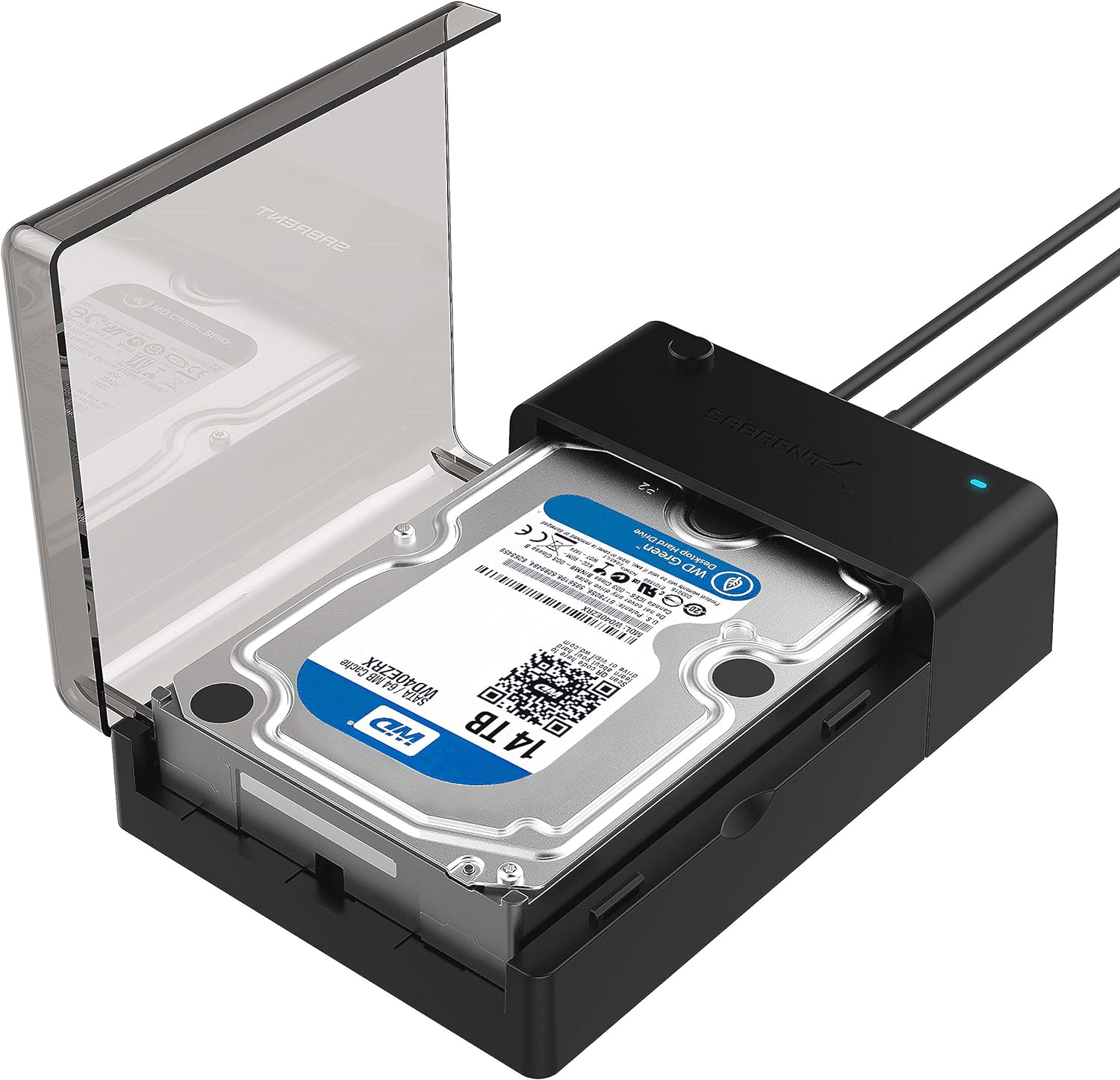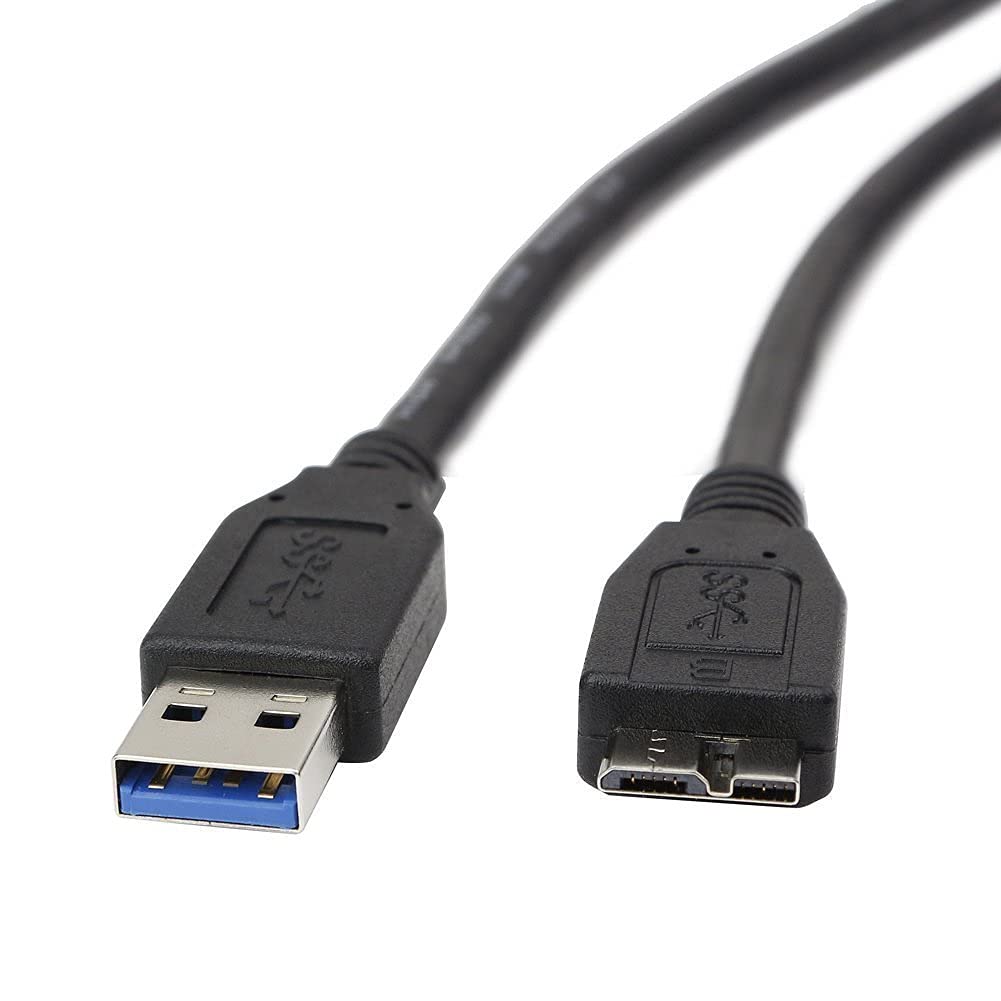Having trouble with your hard drive not picking up? Here’s how to fix and recover your data.
Types of Hard Drive Failure
To diagnose mechanical failure, listen for any unusual noises coming from the drive, such as clicking or grinding sounds. For electrical failure, check the power supply and connections to ensure they are functioning properly. If you suspect logical failure, try accessing the drive using disk management tools or data recovery software. Firmware corruption may require updating the drive’s firmware or seeking professional help.
It’s important to back up your data regularly to prevent loss in the event of a hard drive failure. By being aware of the different types of failures and their symptoms, you can better protect your data and take appropriate action to fix and recover your hard drive.
External Hard Drive Considerations

- Check the connections:
- Make sure the USB cable is securely connected to both the hard drive and the computer.
- Try using a different USB port on your computer.
- Restart the computer:
- Sometimes a simple restart can fix issues with external hard drives not being recognized.
- Update drivers:
- Go to Device Manager and check if there are any updates available for the USB drivers.
- Update the drivers if necessary and then restart your computer.
- Check for disk errors:
- Open Command Prompt as an administrator.
- Type “chkdsk /f X:” (replace X with the drive letter of your external hard drive) and press Enter.
- Follow the on-screen instructions to fix any disk errors.
Accessing Unrecognized Drives
To access unrecognized drives on your computer, you can try the following steps:
1. Check the connections: Make sure the drive is properly connected to your computer. Ensure the power cable and data cable are securely plugged in.
2. Update device drivers: Go to Device Manager and check for any yellow exclamation marks next to the drive. Update the drivers if needed.
3. Assign a drive letter: Open Disk Management, right-click on the unrecognized drive, and assign it a new drive letter.
4. Reformat the drive: If the drive is still not recognized, you may need to reformat it. Be aware that this will erase all data on the drive.
5. Test the drive on another computer: To rule out any issues with your computer, test the drive on another PC or laptop.
6. Check for hardware failures: If none of the above steps work, there may be a hardware failure with the drive itself. Consider seeking professional help for data recovery.
BIOS Recognition Issues
If your hard drive is not being recognized by the BIOS, there are a few steps you can take to try and fix the issue. First, check all connections to make sure everything is properly plugged in. Make sure the power cable and data cables are securely connected to both the hard drive and the motherboard.
If the connections are all secure, you can try updating the BIOS to see if that resolves the issue. You can usually find instructions on how to update the BIOS on your computer manufacturer’s website.
If updating the BIOS doesn’t work, you can also try checking the drive in another computer to see if it is recognized there. If it is, the issue may be with your motherboard or other components in your computer.
Detecting Drives on Windows and Mac
On Windows: To detect drives on Windows, open Disk Management by right-clicking on the Start menu and selecting “Disk Management.” Look for the missing drive under the “Volume” section. If it’s listed but not assigned a drive letter, right-click on it and choose “Change Drive Letter and Paths” to assign a letter. If the drive is not showing up at all, check Device Manager for any exclamation marks next to drives, which may indicate a driver issue. Update or reinstall the driver if needed.
On Mac: To detect drives on a Mac, open Finder and look for the drive in the sidebar. If it’s not there, open Disk Utility from Applications > Utilities and see if the drive appears there. If the drive is not showing up, try using a different USB port or cable to rule out a connection issue. You can also try connecting the drive to another Mac or Windows computer to see if it’s recognized.
Understanding SSDs, USBs, and Memory Cards
If your hard drive is not picking up, it could be due to issues with SSDs, USBs, or memory cards. First, check the connections of these devices to ensure they are properly plugged in. If that doesn’t work, try connecting them to a different port on your computer to see if the issue is with the port itself.
If the problem persists, you may need to update the drivers for these devices. Go to Device Manager in your computer’s Control Panel, locate the device that is not being detected, right-click on it, and select “Update driver.” Follow the on-screen instructions to complete the update.
Another potential solution is to check the file system of the device that is not being recognized. Use File Explorer to locate the device, right-click on it, and select “Properties.” Go to the “Tools” tab and click on “Check” under Error-checking. This will scan and fix any errors on the device.
Updating Drivers as a Solution
If your hard drive is not being picked up by your computer, one potential solution is to update your drivers. Outdated or corrupt drivers can cause compatibility issues with your hard drive, preventing it from being detected properly. To update your drivers, first identify the specific driver that needs updating. You can do this by accessing the Device Manager in Windows. Look for any devices with a yellow exclamation mark next to them, as this indicates a driver issue. Right-click on the device and select “Update driver” to search for the latest driver software online.
If this doesn’t work, you can also visit the manufacturer’s website to manually download and install the latest drivers for your hardware.
Formatting Your Drive
To format your drive, first, open File Explorer and locate the drive you want to format. Right-click on the drive and select Format from the context menu. Choose the desired file system format, such as NTFS or FAT32, and assign a drive letter if necessary.
Click on Start to begin the formatting process, but be aware that this action will erase all data on the drive. Make sure to back up any important files before proceeding. Once the formatting is complete, you should be able to use the drive again.
If your drive is still not being picked up after formatting, it may be a sign of a more serious issue. Consider seeking professional help or using data recovery software to retrieve your lost files.
Changing Disk Connection

To change the disk connection, first, turn off your computer and unplug all cables. Open the computer case to access the hard drive. Check the SATA or power cables for any damage or loose connections. Replace any faulty cables with new ones. Connect the hard drive to a different SATA port on the motherboard. Restart your computer and check if the hard drive is being detected.
If not, try connecting the hard drive to a different computer to see if it’s recognized. If the hard drive is still not picking up, it may be a sign of a more serious issue and you may need to seek professional help.
Recovering Data and Managing Partitions
To recover data and manage partitions on a hard drive that is not being recognized, follow these steps:
First, try connecting the hard drive to a different computer or using a different USB port to rule out any connection issues. If the drive is still not picking up, you may need to use disk management tools to troubleshoot.
Open Disk Management by right-clicking on the Start button and selecting ‘Disk Management’.
Check if the drive is listed in Disk Management. If it appears, but without a drive letter, right-click on the drive and select ‘Change Drive Letter and Paths’ to assign a letter.
If the drive shows as unallocated, you may need to create a new partition. Right-click on the unallocated space and select ‘New Simple Volume’ to create a partition and assign a drive letter.
If the drive is still not recognized, it may be experiencing physical issues. In this case, you may need to use data recovery software to retrieve your files.
Final Thoughts on Drive Detection Issues
After trying the solutions mentioned above and your hard drive is still not picking up, it may be a sign of a more serious issue. Before giving up hope, consider the following:
First, check if the issue is with the drive itself or the computer by testing the hard drive on another device. If it still doesn’t work, the problem may lie with the drive.
Next, if the hard drive is making unusual noises, it could indicate a hardware failure. In this case, it’s best to seek professional help to recover your data.
If the drive is not recognized by the computer, it could be a problem with the connection. Try using a different USB port or cable to rule out any issues with the connection.
Finally, if you suspect the drive has suffered data corruption, consider using data recovery software to retrieve your files before attempting any further fixes.
F.A.Qs
Why is my internal hard drive spinning but not detected?
Your internal hard drive may be spinning but not detected due to loose or faulty connections. Make sure the cables and USB ports connecting your hard drive to your computer are secure and undamaged.
Why is my hard drive on but not showing up?
Your hard drive is on but not showing up because it could be due to a connection issue, file system error, drive letter conflict, outdated driver, or detection errors by your computer.
How do I recover my hard drive that won’t read?
To recover a hard drive that won’t read, you can try downloading and installing data recovery software. Connect the failed hard drive to your computer, launch the software, select the failed hard drive, preview the recoverable files, and then recover the selected files.
How do I fix my hard drive that is not detected?
To fix a hard drive that is not detected, ensure all physical connections are secure, check the power supply, review BIOS/UEFI settings, update drivers, and use disk management tools like Disk Management or Disk Utility. If these steps do not work, consider seeking professional data recovery services.
